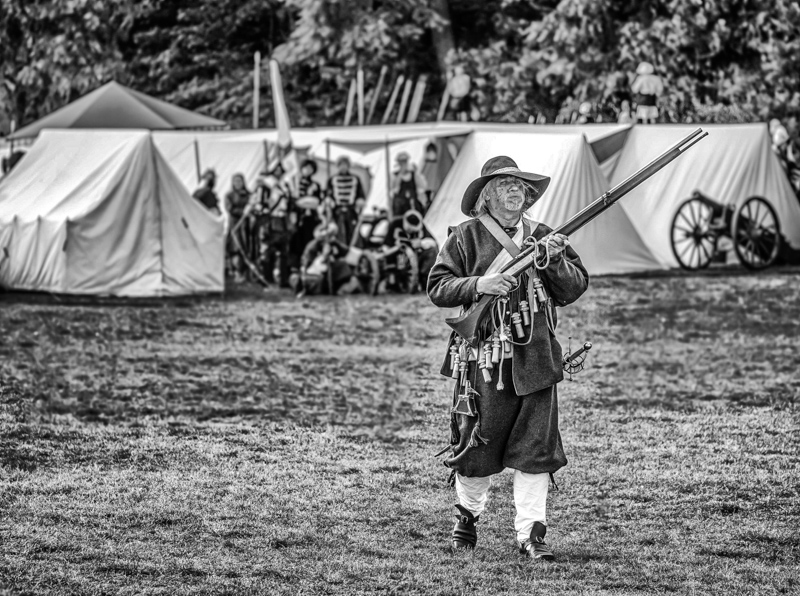What preceded the battle
30.1.2018After the turbulent period of the Hussite Wars, the Czech lands experience the time of religious tolerance. The estates model of the country was put through, in which the sovereign shared his power with the estates. Cities gave up their medieval privileges and the nobility agreed to their representation at the assembly.
In the year 1526 the Austrian Archduke Ferdinand I, the member of the Habsburg dynasty, is elected the new sovereign by the Czech Estates. A smart politician striving to strengthen central power and weaken the influence of estates. His steps and the steps of his successors clashed with the efforts of Czech, Moravian and Silesian estates to preserve decisive political influence. This feud manifested itself on the political level, in 1547 Ferdinand supressed the first anti-Habsburg resistance of the Czech nobility and bourgeoisie, as well as on the level of religion, the estates tried to obtain from the Habsburgs a confirmation of the confessional freedoms.
In 1575 Maxmilian II gave an oral assent to the text of the so-called Czech Confession. Its written approval was reached by the estates only in 1609 by the Letter of Majesty of the Emperor and King Rudolph II. The pious and eccentric Catholic monarch, in contrast to his conviction, legalized in the Czech Kingdom extensive religious freedom which had no equivalent in Europe at that time. The publication of Rudolph’s Majesty did not calm down the situation, the fighting Catholics understood this act as a defeat.
The tension between the Evangelical estates and the Catholics culminated in 1618 when a group of opposition noblemen, dissatisfied with the policy of the Czech governors (senior officials representing the King), entered the Prague Castle and threw two of the pro-Habsburg exponents out of windows. Nothing happened to the affected, but it was not important. The conflict between the Czech non-Catholic estates and the Habsburgs flared up with full force, and due to the conflict of Evangelicals’ and Catholics’ power interests it grew into a long-term European conflict now called the Thirty Years’ War. This period lasted from 1618 until 1648. 